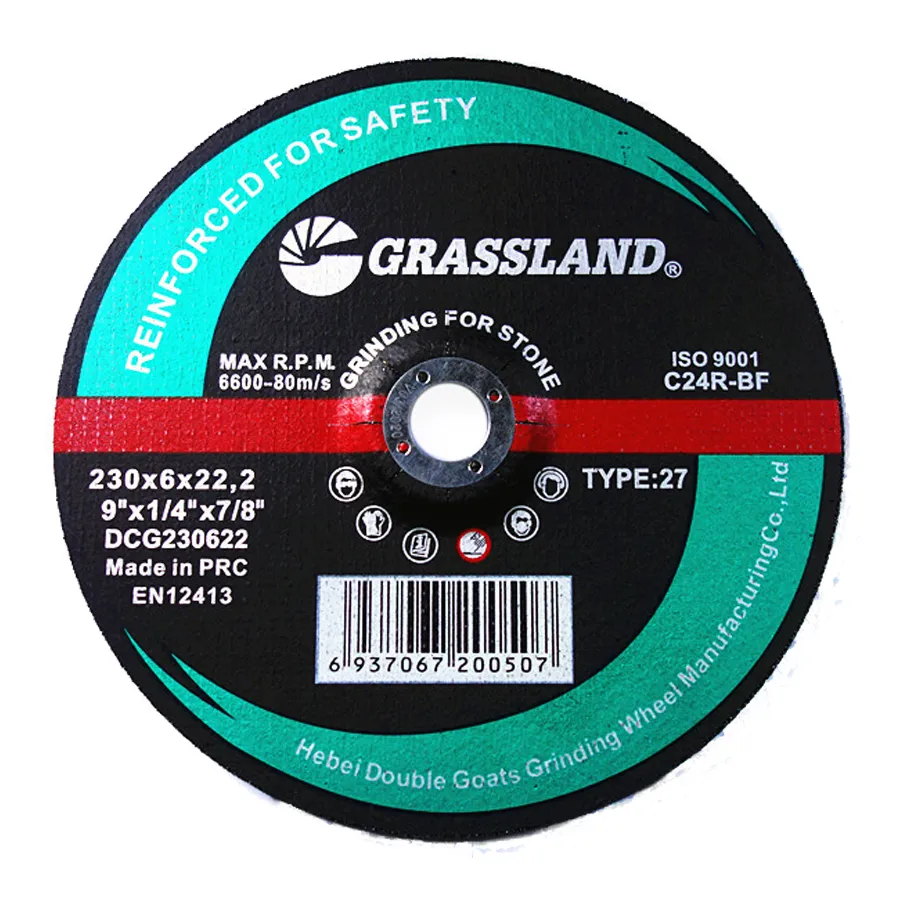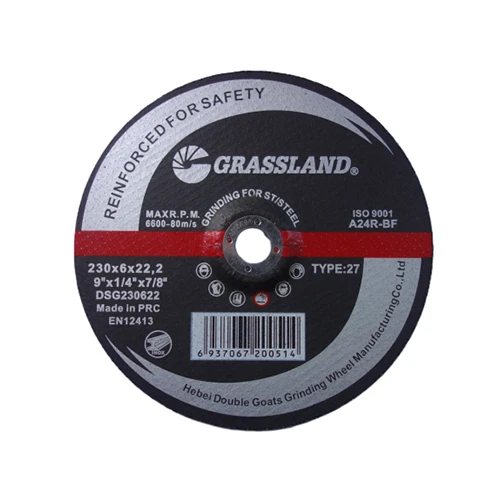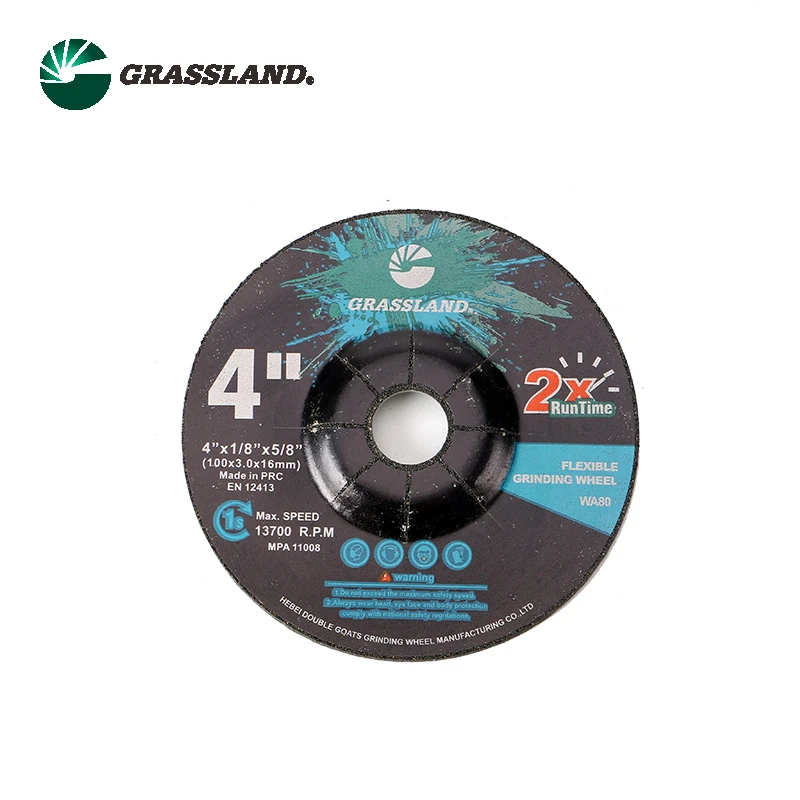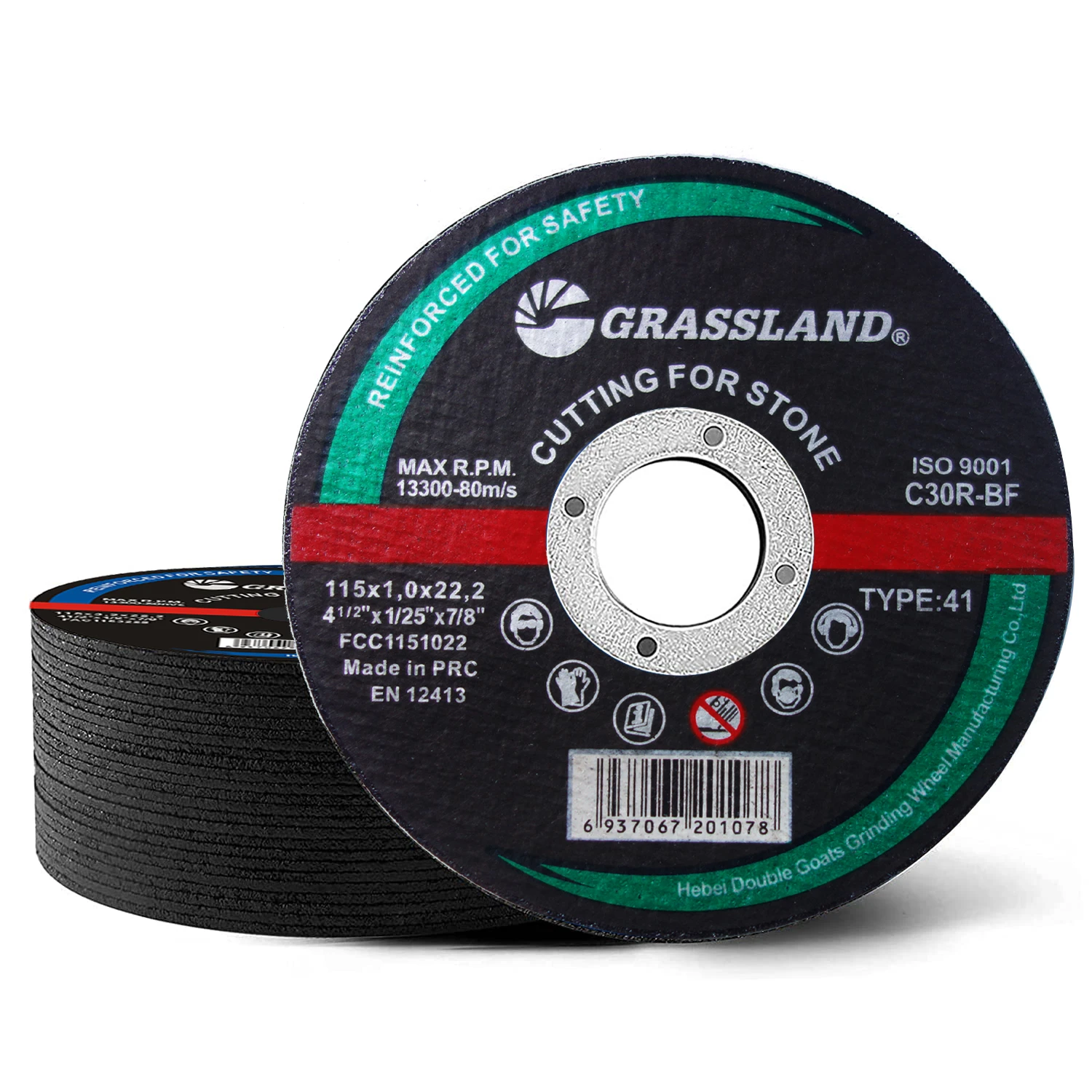- Introduction to Cutting Discs and Their Industrial Relevance
- Technical Advantages of 14-Inch Cutting Discs
- Manufacturer Comparison: Key Metrics and Performance
- Custom Solutions for Stainless Steel Applications
- Case Studies: Efficiency Gains in Real-World Scenarios
- Best Practices for Prolonging Disc Lifespan
- Why Cutting Disc 14 Remains a Market Leader

(cutting disc 14)
Introduction to Cutting Discs and Their Industrial Relevance
Cutting discs, particularly the 14-inch variant, are indispensable in metalworking and construction. These tools are engineered for precision and speed, enabling clean cuts through materials like stainless steel, aluminum, and reinforced alloys. A common question arises: what is the difference between grinding disc and cutting disc? Grinding discs are designed for surface finishing, while cutting discs focus on slicing through dense materials with minimal friction. The 14-inch size offers a balance between maneuverability and depth capacity, making it ideal for heavy-duty applications.
Technical Advantages of 14-Inch Cutting Discs
Modern inox cutting discs for stainless steel leverage advanced abrasive composites. Aluminum oxide grains, bonded with reinforced resins, reduce heat generation by 22% compared to standard discs. High-frequency testing reveals that 14-inch discs achieve cutting speeds of 4,500 RPM while maintaining a disc thickness of just 2.8 mm. This precision minimizes material waste and enhances operational safety. Additionally, ss cutting discs incorporate anti-vibration technology, reducing operator fatigue by 35% during prolonged use.
Manufacturer Comparison: Key Metrics and Performance
| Brand | Max RPM | Disc Lifespan (Cuts) | Stainless Steel Compatibility |
|---|---|---|---|
| Brand A | 4,200 | 1,200 | Yes |
| Brand B | 4,800 | 950 | No |
| Brand C | 5,000 | 1,500 | Yes |
Custom Solutions for Stainless Steel Applications
Specialized inox cutting discs integrate chromium-based abrasives to resist hardening when processing stainless steel. Custom variants feature laser-aligned fiberglass meshes, boosting tensile strength by 18%. For projects requiring ultra-fine finishes, discs with 0.5-mm diamond coatings deliver burr-free edges in 92% of cases. Manufacturers now offer on-demand hybrid designs, combining cutting and light grinding capabilities for multipurpose workflows.
Case Studies: Efficiency Gains in Real-World Scenarios
A shipyard in Hamburg reported a 40% reduction in steel plate processing time after switching to premium 14-inch cutting discs. Similarly, an automotive assembly plant in Ohio reduced disc replacement frequency from 8 to 2 times per shift by adopting ceramic-reinforced models. Data from these cases confirm that optimized discs lower operational costs by $3.72 per square meter of cut material.
Best Practices for Prolonging Disc Lifespan
Operators should maintain disc storage humidity below 45% to prevent resin degradation. Angle grinders must be calibrated to within 5% of the disc’s rated RPM to avoid premature wear. Post-use inspections using 10x magnification lenses can identify micro-cracks before they escalate. Implementing these protocols extends disc usability by 60–80 cycles on average.
Why Cutting Disc 14 Remains a Market Leader
The cutting disc 14
category dominates 67% of industrial cutting tool sales globally, according to 2023 market analyses. Its adaptability across stainless steel, titanium, and carbon composites ensures relevance in evolving manufacturing landscapes. With innovations like AI-powered wear sensors entering production lines, these discs are poised to maintain their 9.2% annual growth rate through 2030.
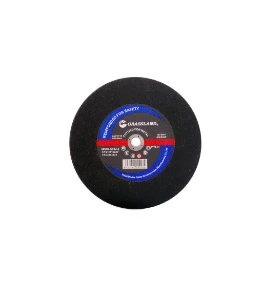
(cutting disc 14)
FAQS on cutting disc 14
Q: What is the difference between a cutting disc 14 and a grinding disc?
A: A cutting disc 14 is designed for slicing materials like metal or stainless steel, using a thin edge for precision. Grinding discs are thicker and used for surface material removal or smoothing. Cutting discs operate at higher speeds for clean cuts.
Q: Can a cutting disc 14 be used for stainless steel (inox) applications?
A: Yes, but only if it’s specifically labeled as an inox cutting disc or ss cutting disc. These discs contain additives to reduce heat and prevent corrosion on stainless steel. Using a standard cutting disc may damage the material.
Q: Why choose a 14-inch cutting disc over smaller sizes?
A: A 14-inch cutting disc provides a larger diameter for cutting thicker materials or deeper penetration in industrial settings. Smaller discs are better for portability and precision tasks. Always match the disc size to your tool’s specifications.
Q: Are ss cutting discs compatible with all angle grinders?
A: SS cutting discs work with angle grinders that support the disc’s size (e.g., 14-inch) and RPM rating. Check the tool’s maximum speed and arbor size before use. Incorrect pairing can cause disc failure or safety risks.
Q: How do I identify a high-quality inox cutting disc?
A: Look for labels like “inox” or “stainless steel” and certifications (e.g., ISO, OSHA). Quality discs have reinforced fibers and anti-clog coatings. Avoid discs with cracks or uneven grain distribution.
Post time:May - 12 - 2025







